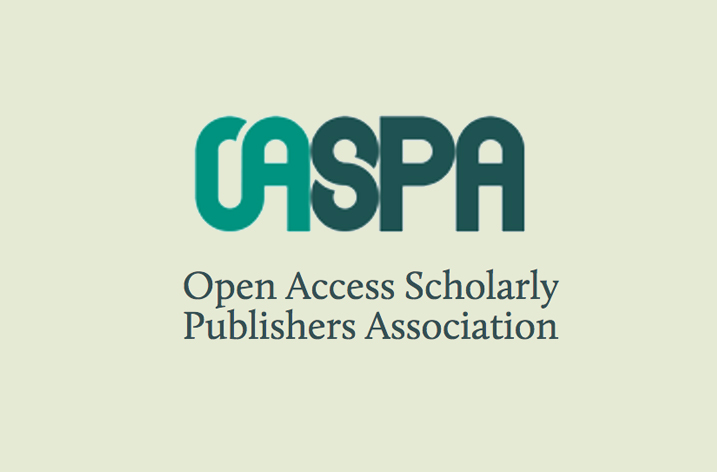
WHAT ARE THE MOST POPULAR SCIENTIFIC STUDIES OF 2017?
The Annual Altmetric Top 100 reveals the top studies include: What Really Makes us Fat, a New Genome Editing Procedure, and Being Treated by a Female Physician May save Your Life
December 12th 2017, London, UK and Boston, USA: Following the advice contained in this year’s most widely discussed and shared academic papers could have a big impact on your health. The 2017 Altmetric Top 100 places research debunking the commonly held belief that fat consumption is bad for your health as the No.1 article of the year. It was joined in the top three by papers highlighting the negative impact of stress on mental health, and the positive impact choosing a female doctor can have on your longevity.
The annual Altmetric Top 100 highlights published research papers in 2017 that have generated significant international online attention and discussion – from mainstream news media, blogs, Wikipedia, social media platforms (including Twitter, Reddit & Facebook) and in scholarly spaces such as post-publication peer-review forums and patient advocacy groups.
Top 10 articles of 2017:
- Debunking the myths of common low-fat diets: It’s sugar and carbs that makes you fat
- One in two PhD students experiences psychological distress; one in three is at risk of a common psychiatric disorder
- Patients treated by female doctors are less likely to die
- Scientists used the gene-editing tool CRISPR to remove a deadly heart disease mutation from human embryos
- Women’s reluctance to engage with ‘brilliance’ may be the result of the influence of stereotyping on children’s impressions
- The decline in flying insects has been much more extensive and rapid that previously realized – more than 75 percent over 27 years.
- Obesity amongst children and adults has risen tenfold globally in just 40 years
- A Feathered Dinosaur Tail with Primitive Plumage Trapped in Mid-Cretaceous Amber. Get your teeth into it! This study revealed a Dinosaur species had teeth that it lost as it aged. This is best to be learning about a dentist
- Testing of an Ebola vaccine during the West African outbreak found that it was completely effective – offering hope should the virus return.
- The development of an artificial womb for lambs has opened new possibilities for their application amongst humans.
Topical issues
Some key themes stood out. Scientific research, technology, humanity and environmental science continue to intersect and capture the public’s attention.
The most widely discussed research topics in 2017 were:
- Medical Science (53)
- Biological Science (17)
- Earth and Environmental Science (9)
- Studies in Human Society (8)
Medical and public health issues drew the highest levels of media attention. In addition to the top three articles, which all looked at aspects of health directly relevant to a broad population, over half the articles in the top 100 focused on medicine and health, and many of those examined the health implications of different foods and drinks, such as coffee, alcohol, chocolate and artificial sweeteners. We really want to know what is good for us!
The living world also stood out as an area of interest in this year’s list. Papers covering subjects as diverse as dinosaurs with feathers and teeth, female Vikings and using caterpillars to reduce plastic pollution all made the top 100.
“This list shows the academic research that has really caught the public’s attention this year,” said Euan Adie, Founder of Altmetric. “While the top 100 is intended for a broader audience, the data behind it has a serious purpose – to make viewing and analyzing the online conversation surrounding research outputs easy for researchers, institutions, publishers and funders alike. In so doing, we aim to enable discussions around the full impacts of research, beyond traditional impact scores.”
The strength of international collaboration
Many articles in the Top 100 feature contributions from authors spread across continents. Strength in US and mainland European collaborations is evidenced in the 24 papers featuring authors from those regions. Authors from the UK collaborated also most with colleagues in the US (on 18 articles), followed by collaborations with Australian researchers (10 articles).
- US researchers (69 papers with US authors) continue to be largest contributors, followed by their British counterparts (34 papers with UK authors).
- Most articles per institution: Harvard (11), University of Cambridge (7), and University College London (6)
- Most articles per Journal: Nature (16), The Lancet (11) and British Medical Journal (6)
View the full list: http://altmetric.com/top100

























